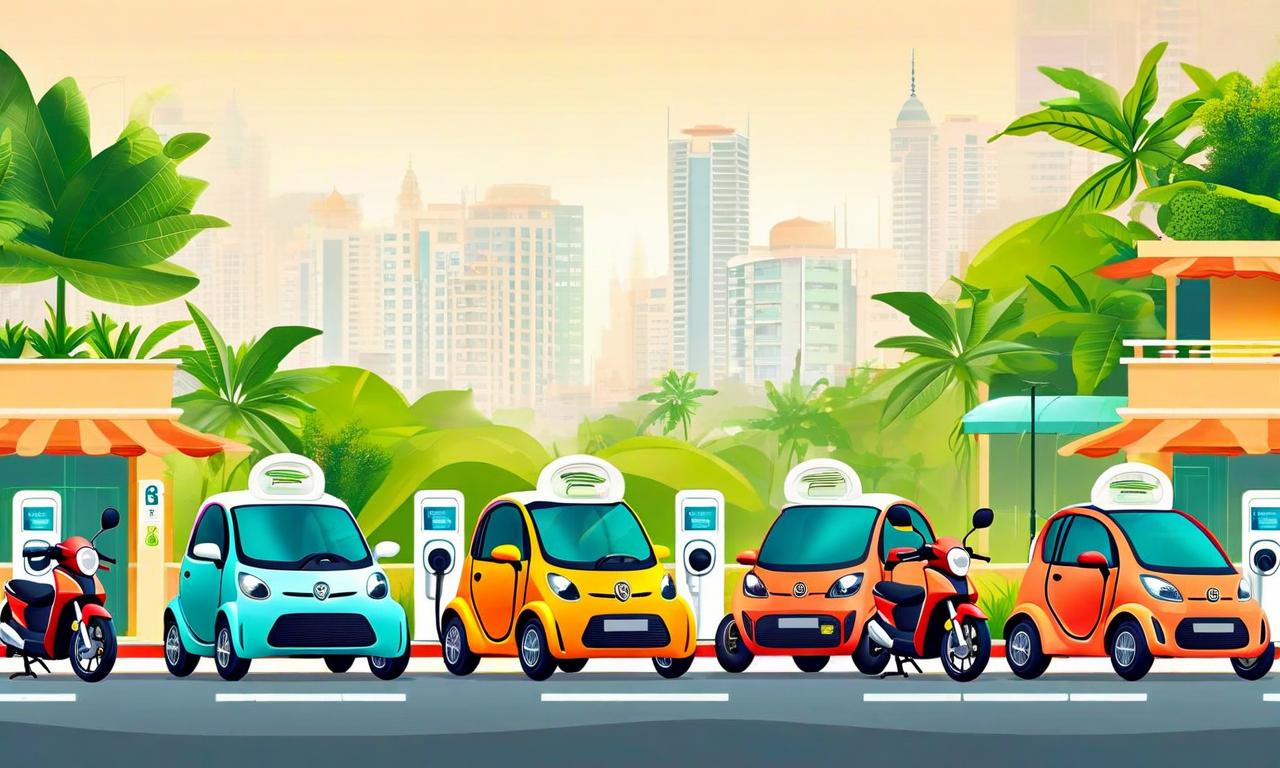GST Rate Cuts Spark Auto Industry Bonanza: Small Cars Get 10% Tax Reduction, Major Automakers Offer Massive Discounts
New GST rates effective September 22 have reduced taxes on vehicles, particularly small cars, from 28% to 18%. Larger vehicles now face a flat 40% tax rate. In response, automakers are offering significant discounts, with Range Rover providing up to Rs 30.40 lakh off. Major brands like Mahindra, Tata Motors, Toyota, and Kia are also implementing price reductions. The changes coincide with the festive season, potentially boosting sales. This move is expected to increase vehicle affordability, stimulate demand, and potentially impact market dynamics and economic growth.

*this image is generated using AI for illustrative purposes only.
In a significant move set to reshape the Indian automotive landscape, new Goods and Services Tax (GST) rates effective from September 22 have ushered in a wave of tax reductions and discounts across the sector. The changes are poised to benefit both consumers and automakers, potentially driving up sales during the festive season.
GST Rate Changes
The revised GST structure brings substantial relief for small car buyers:
- Small cars now attract an 18% tax rate, down from the previous 28%
- This category includes vehicles with petrol engines under 1200cc and diesel engines under 1500cc, not exceeding four metres in length
- Larger vehicles face a simplified flat 40% tax rate, with the previous cess removed
Automakers Pass on Benefits
In response to these tax cuts, multiple automakers are offering significant discounts to pass on the GST benefits to consumers:
| Automaker | Maximum Discount |
|---|---|
| Mahindra | 1.56 |
| Tata Motors | 1.55 |
| Toyota | 3.49 |
| Kia | 4.48 |
| Range Rover | 30.40 |
Other major brands including Skoda, Hyundai, Maruti Suzuki, Renault, Nissan, and Honda are also implementing substantial price reductions across their vehicle ranges.
Festive Season Boost
The timing of these GST rate cuts and subsequent discounts coincides with the festive season of Navratri and Diwali. Auto dealers are anticipating a surge in sales, as the combination of tax benefits, manufacturer discounts, and festive spirit is expected to create a favorable environment for car buyers.
Industry Impact
This move is likely to have far-reaching effects on the Indian automotive sector:
Increased Affordability: The reduced GST rates, especially on small cars, will make vehicles more accessible to a broader range of consumers.
Sales Boost: The substantial discounts offered by automakers, some reaching up to Rs 30.40 lakh for premium brands like Range Rover, are expected to stimulate demand.
Market Dynamics: The differentiated tax structure between small and large cars might influence consumer preferences and manufacturer strategies.
Economic Stimulus: Increased auto sales could have a ripple effect on related industries and contribute to economic growth.
As the festive season unfolds, all eyes will be on the auto industry to see how these GST rate cuts and discounts translate into sales figures. For consumers, this presents an opportune moment to consider vehicle purchases, with the promise of significant savings across various segments of the automotive market.





























